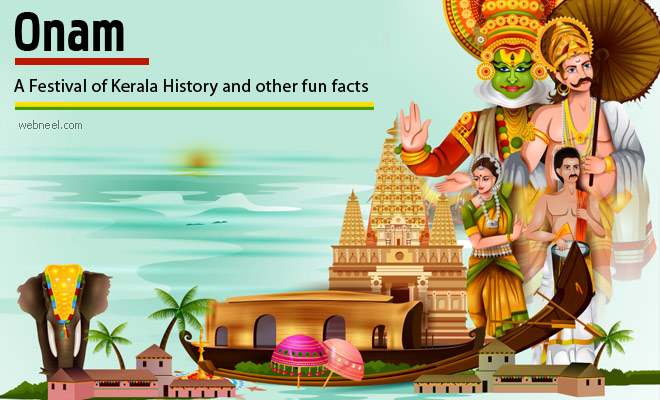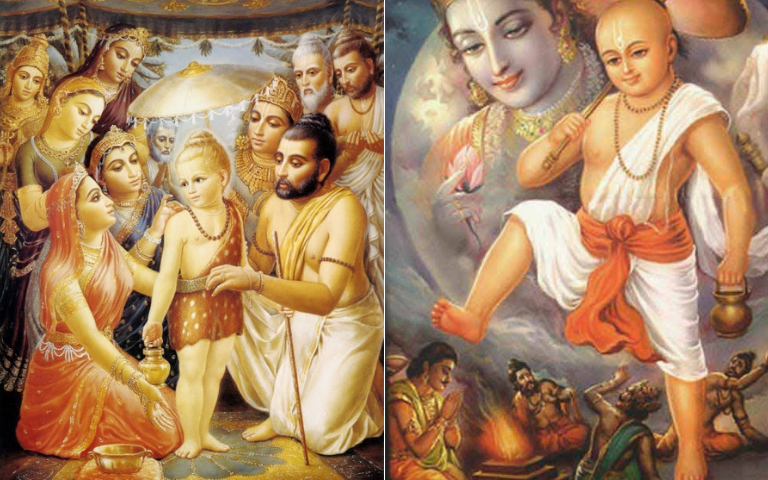
Onam, the iconic festival celebrated with great zeal and fervor in the Indian state of Kerala, is more than just a festival; it’s a cultural extravaganza that encapsulates the essence of unity, heritage, and gratitude. To truly appreciate the history of Onam, one must journey back in time to explore its fascinating origins. In this blog post, we embark on a historical expedition to unravel the captivating story behind the inception of Onam.
An Ancient Legend
The roots of Onam can be traced back to ancient Hindu mythology, intertwining history with the divine. The heart of the festival lies in the tale of the virtuous King Mahabali, a legendary ruler who governed the land of Kerala during a golden era. Revered for his wisdom, compassion, and benevolence, Mahabali’s rule brought prosperity and happiness to his subjects.
The Tale of Vamana and Mahabali

According to the Vishnu Purana, Mahabali’s prominence caught the attention of the gods, who began to fear his growing influence. In a bid to restore cosmic equilibrium, Lord Vishnu took on the avatar of Vamana, a dwarf Brahmin, and approached Mahabali during a grand sacrificial event. Vamana requested land that he could cover in three steps. The magnanimous Mahabali agreed to the request and offered his own head as the third step when Vamana’s colossal form covered all three worlds. Impressed by Mahabali’s sacrifice and humility, Vishnu granted him a boon that he could visit his subjects once a year.
The Celebration of Mahabali’s Return
The festival of Onam is centered around Mahabali’s annual visit to his beloved kingdom. Keralites believe that during this time, their land flourishes with prosperity and abundance, much like it did under Mahabali’s rule. The ten-day festivities, known as the “Onam Festival,” encompass a variety of rituals, games, art forms, and cultural performances that showcase the state’s rich heritage and unity.
Key Rituals and Traditions
- Pookalam: Elaborate floral rangoli designs known as Pookalams are created at the entrance of homes to welcome the spirit of Mahabali.
- Onam Sadya: The grand vegetarian feast, Onam Sadya, is a testament to Kerala’s culinary excellence and emphasizes unity and equality.
- Vallamkali (Boat Races): The breathtaking boat races pay homage to the state’s close connection with water bodies and its history of trade and transportation.
- Pulikali (Tiger Dance): This unique art form involves people dressing up as tigers and dancing in the streets, adding a touch of vibrancy to the festivities.
Conclusion
Onam isn’t just a celebration; it’s a living testament to Kerala’s historical, cultural, and spiritual heritage. The festival’s origin story, rooted in mythology and history, imparts valuable lessons of humility, sacrifice, and the cyclical nature of life. As Keralites join hands in rejoicing and reviving their traditions during this ten-day extravaganza, they pay homage to their legendary King Mahabali, creating an atmosphere of joy, togetherness, and reverence that sets Onam apart as one of India’s most cherished festivals.
